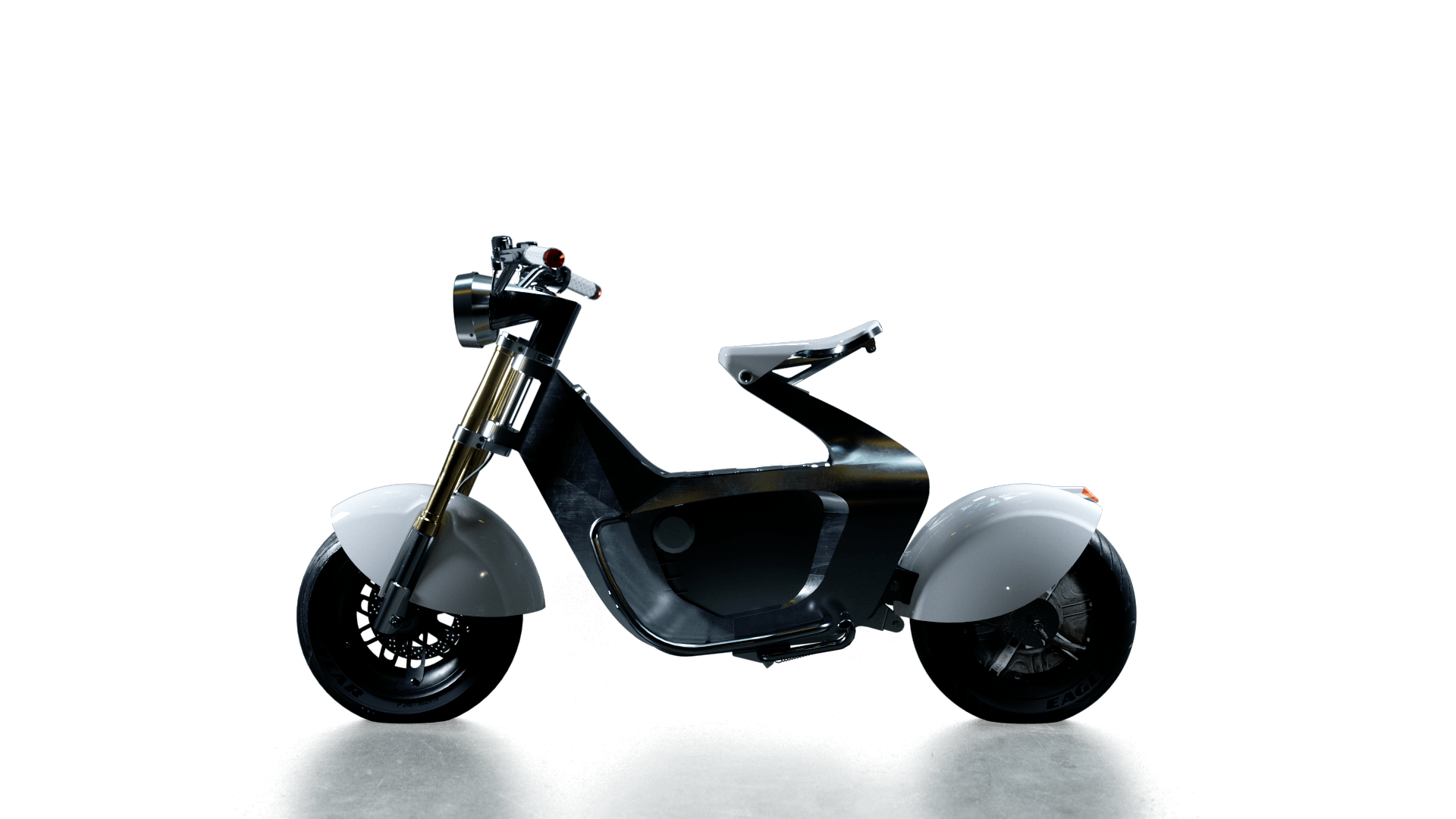You might not (yet) have heard of Sweden’s Stilride, but if the ever-growing waiting list (as of last November it was at 135,000), stylish design, and now improved manufacturing process have anything to do with it, chances are you might need a neck brace after one turns your head.
Best known for the technology it terms Stilfold, a method inspired by origami and applied to industrial design, as noted in their 3.7 million funding round, Stilride might be starting out in producing an electric motorbike, but the company clearly has aspirations that are, literally, out of this world.
The startup has struck partnership deals with Swedish space innovation startup I.S.A.A.C that will see exploration into applications for their technology in outer space and named one of the partners in a project being developed by electric car company Polestar, aimed at making the world’s first truly climate-neutral car.

While the company’s flagship product, its Sport Utility Scooter One uses 70 percent fewer components than its plastic-based competitors, now, thanks to a partnership announced today with Franco-Swedish robotics company Adaxis, the company will no longer need to source component parts including hinges, fenders, and side covers from external suppliers.
Not only does this mean that Stilride will be able to produce a number of these parts in-house with Adaxis’s software enabling engineers to programme a robotic arm to 3D print large and complex parts quickly, it also means a significant reduction in cost and material waste, and presumably an increase in quality control.
“The team at Adaxis has a huge amount of knowledge and experience in robotics and optimising robotic construction, so it’s great to have them on board to strengthen the capabilities of our tech,” said Stilride co-founder and CEO Jonas Nvyang. “Not only will their technology improve the sustainability, speed, and cost-efficiency of producing the SUS1, but it will also help us reach our ultimate goal of rolling out a fully distributed production model where the construction of our products can be fully automated, powered by robotics technology.”



Would you like to write the first comment?
Login to post comments